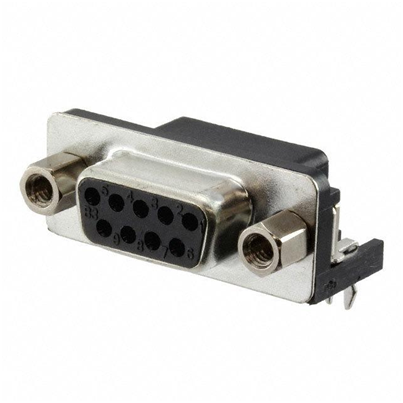The application of I / O connector
The use of fieldbus or industrial Ethernet in automation offers many benefits: fast and reliable data transfer, reduced installation costs, easy troubleshooting, diagnostic connectivity, remote control and modularity. In addition, the corresponding network can be used to establish a fieldbus connection to connect smart devices such as SPS systems, sensors and regulators. Another benefit is its interchangeability. To get the above benefits in different standards and applications,flexible and economical connectors are required.
Flexible fieldbus connectors based on D-Sub interface technology are specified for general bus systems, such as CAN-Bus, Profibus and SafetyBUSp, which are specified in the IP-20 range. This comprehensive and expanding portfolio of products includes switches (connectable terminating resistors) as well as pure nodes and pure terminals. Nodes (without terminating resistors) are used in the line, terminals (with terminating resistors) are used for the end of the line, and the type of switch can be set as a node or terminal. The incoming and outgoing buses are connected to the fieldbus connector's board, which means that the bus is not disturbed even if the node connector is interrupted (T-). Therefore, the device can be converted even when the bus is operating. In order to easily identify the fault, the type of the terminating resistor that can be connected can be set from the node type to the terminal type, if necessary. This will interrupt all subscribers on the bus that are behind these elements.
D-Sub Connectors :A-DF 09 A/KG-T2S
Different installation conditions result in different requirements for various cable routings, so fieldbus connectors can be selected for lateral or vertical cable exits. Bus cables are often very rigid and require stable and reliable mechanical stress relief. To this end, the connector's robust metal strain relief and reliable shield connection establish a high quality, low resistance chassis from the cable shield ground to the case ground. The overall cable diameter ranges from 4.5 to 8 mm.
In terms of termination, in addition to screw terminal terminations (suitable for stranded and solid wires) and insulation displacement technology (for solid wires), the Profibus and CanBus series also offer cage clamp types. In this type, the connector's lockable cage spring clips ensure a quick and easy termination. A wide range of cable cross sections (0.14-0.5mm2) allows the user to select the appropriate cable in any of the termination methods.
This article is from Allicdata Electronics Limited


